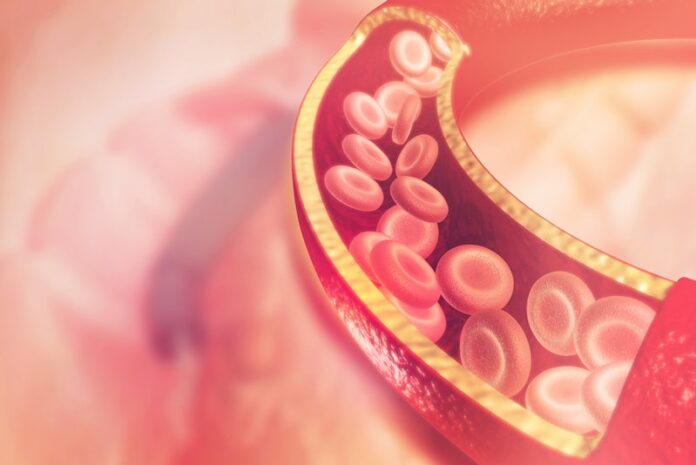Nearly 6 million people worldwide die from strokes each year, with one person dying from a stroke every 6 seconds. While the age of stroke patients has traditionally been above 50, recent data shows a downward trend in the age of onset, with even people in their twenties and thirties being diagnosed. This article will discuss high-risk groups for stroke, its causes, and recommended related health check-up packages.
What is a stroke? A stroke, also known as a ‘cerebrovascular disease,’ occurs when the blood supply to a patient’s brain is reduced or even cut off due to certain factors, leading to sudden oxygen deprivation in the brain cells. This can damage brain cells and disrupt their function within minutes, impairing body functions controlled by those cells. Not only does a stroke impact the brain, but about 30% of stroke survivors may not fully recover their ability to care for themselves or return to work. Approximately 20% may experience disabilities, including difficulties urinating, swallowing, speech impairments, or even paralysis.
What are the types of stroke? Strokes are mainly divided into two types: ischemic and hemorrhagic strokes. Ischemic strokes occur when a blockage in a blood vessel in the brain causes brain cells to become ischemic. Hemorrhagic strokes occur when damage to the brain’s blood vessels leads to blood clots that affect the blood supply to the brain cells.
High-risk individuals for stroke:
- People over 55 years of age, with the risk increasing with age.
- High blood pressure: About 70% of strokes are related to high blood pressure.
- Smoking: Smoking increases the risk of stroke.
- High cholesterol levels: This increases the risk of arteriosclerosis, leading to narrowing of the brain’s blood vessels.
- A family history of stroke.
- Diabetes: Quadruples the risk of stroke.
- Brain aneurysms or thin brain vessel walls: Increased risk of hemorrhage.
- Obesity.
- Cardiovascular diseases: Those with atrial fibrillation or myocardial infarction are at a significantly increased risk.
- Prior transient ischemic attack (TIA): Symptoms are similar to a stroke but only last about 2 to 15 minutes.
- Alcohol abuse: Increases the risk of stroke.
Causes of stroke: The cause of a stroke is related to its type. An ischemic stroke can be caused by cerebral artery thrombosis due to atherosclerosis. A stroke can also occur if a blood clot formed in the heart or major neck arteries travels to the brain, causing an obstruction. Other heart diseases, such as arrhythmias, valve issues, and coronary artery disease, can also lead to a stroke. Another cause is a brain hemorrhage, which is directly related to high blood pressure. Hemorrhaging can cause blood vessels to contract, reducing blood flow. Whether due to ischemia or hemorrhage, the affected brain tissues lack oxygen and nutrients, leading to the death of the affected nerve cells.
Complications of stroke: Stroke seriously affects bodily functions. The government has pointed out that as many as 40% of patients in the acute phase of stroke have different degrees of language or swallowing difficulties. Some severe cases can even lead to comas, and more than half of the stroke patients cannot return to work due to damage to brain tissues causing body function impairment. Common complications of stroke include:
- Incontinence.
- Constipation.
- Gastrointestinal bleeding.
- Brain edema.
- Deep vein thrombosis in the lower limbs and pulmonary embolism.
- Epileptic seizures.
- Bedsores.
- Pneumonia.
- Emotional depression.
Eight major signs of stroke: Most strokes occur without warning, and due to their serious implications (including paralysis), immediate medical attention is necessary upon noticing any of the following eight signs to minimize the severity:
- Slurred speech or difficulty expressing oneself.
- Experiencing a minor stroke: The symptoms of a minor stroke are the same as a stroke, but they only last a few minutes and disappear without causing permanent disability. However, experiencing one or several minor strokes may indicate the onset of a true stroke.
- Sudden temporary paralysis, weakness, or numbness in one arm, leg, or half of the face.
- Sudden blurry vision or inability to see clearly with one eye.
- Sudden severe headache.
- Difficulty with balance and coordination, or sudden, unexplained falling.
- Unexplained dizziness or fainting.
Recommended health check-ups related to stroke: As heart diseases such as arrhythmias, valve issues, and coronary heart disease can cause a stroke, regular heart health check-ups can help prevent potential risks of stroke.
